It’s easy to think of windshields as simply providing drivers a view of the road and protecting them from wind, debris and adverse weather conditions. But they do much more than that.
Believe it or not, vehicle glass connects to many modern advanced safety features. If your windshield is damaged, replaced incorrectly or if the forward-facing camera attached to the windshield is not properly recalibrated, it can seriously affect your car’s safety. Here’s how to prevent that from happening.
Advanced Safety Features
There are advanced safety features in modern cars that do everything from keeping a car in its proper lane to slowing down in order to prevent a crash.
Several of these features directly connect to the vehicle glass. Forward-facing cameras and sensors located on or near the windshield constantly monitor the vehicle’s surroundings and interact with other vehicle safety systems and sensors to alert drivers when there’s trouble.
Here are some of the common advanced safety features related to vehicle glass.
Forward Collision Warning
According to the National Highway Traffic Safety Administration, rear-end collisions are by far the most common type of automobile crash in the U.S. Forward collision warning helps prevent this problem. This feature scans the road ahead and alerts the driver if a crash is imminent using cameras and sensors.
Automatic Emergency Braking
Forward collision warnings can alert you of an imminent crash, but it alone can’t prevent one. That’s why the system pairs with automatic brakes. If a driver ignores forward collision warning, the automatic braking system will take over and apply the brakes to slow or stop the vehicle to prevent or reduce the severity of a crash.
Lane Keep Assist
This safety feature is just what its name implies. Using cameras and sensors, it can detect road markings, and, using those for reference, determine if the vehicle is moving out of its lane without a turn signal. When this happens, the driver is alerted with a mix of alarms, lights and vibration. Advanced safety systems can even take over driving controls and steer the car back into the correct lane.
Rain Sensor
A rain sensor may seem like more of a luxury than a safety feature. But according to the Federal Highway Administration, 10% of all vehicle crashes occur during the rain, which accounts for nearly half of all weather-related crashes. Keeping your windshield and visibility clear is of the utmost importance concerning safety.
Rain sensors are usually located directly behind the rearview mirror. The sensor can measure how many raindrops are on the windshield. The more rain, the faster the windshield wipers will work, and vice versa.
Recalibration
A damaged windshield, or the faulty replacement of one, can affect advanced safety features and leave them prone to malfunction. This is why proper advanced safety systems recalibration is a necessity when replacing a windshield.
Depending on the vehicle’s manufacturer, your car will require either static or dynamic recalibration, although some vehicles require both.
Get more car safety tips.
AAA members can save 10% on Safelite AutoGlass® replacement or repair.
4 Thoughts on “How Vehicle Glass Affects Safety Features”
Leave A Comment
Comments are subject to moderation and may or may not be published at the editor’s discretion. Only comments that are relevant to the article and add value to the Your AAA community will be considered. Comments may be edited for clarity and length.

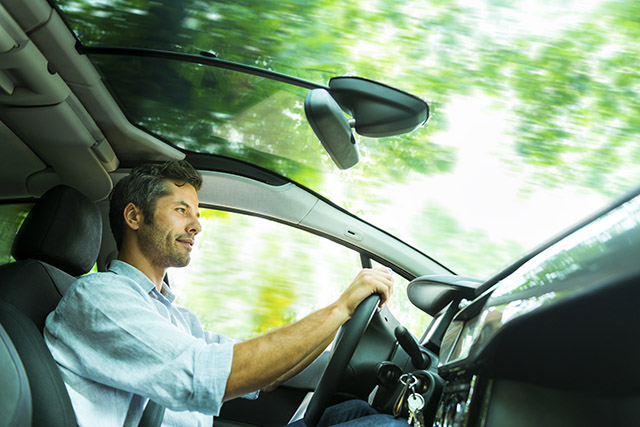
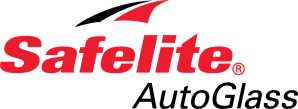
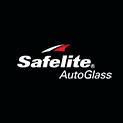

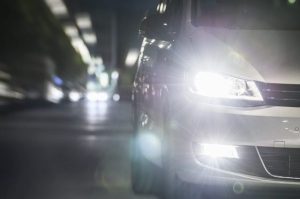

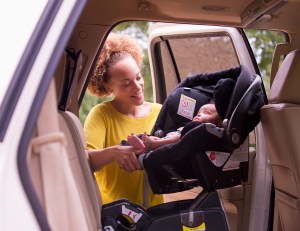








It would be an interesting future article in AAA talking or showing how a properly fitted windshield is accomplished where you don’t lose any of the stated safety features
It’s all very advanced and integrated!
I often wondered how my Prius did these things. You explained it. Thank you.
Very intriguing article. Thank you.